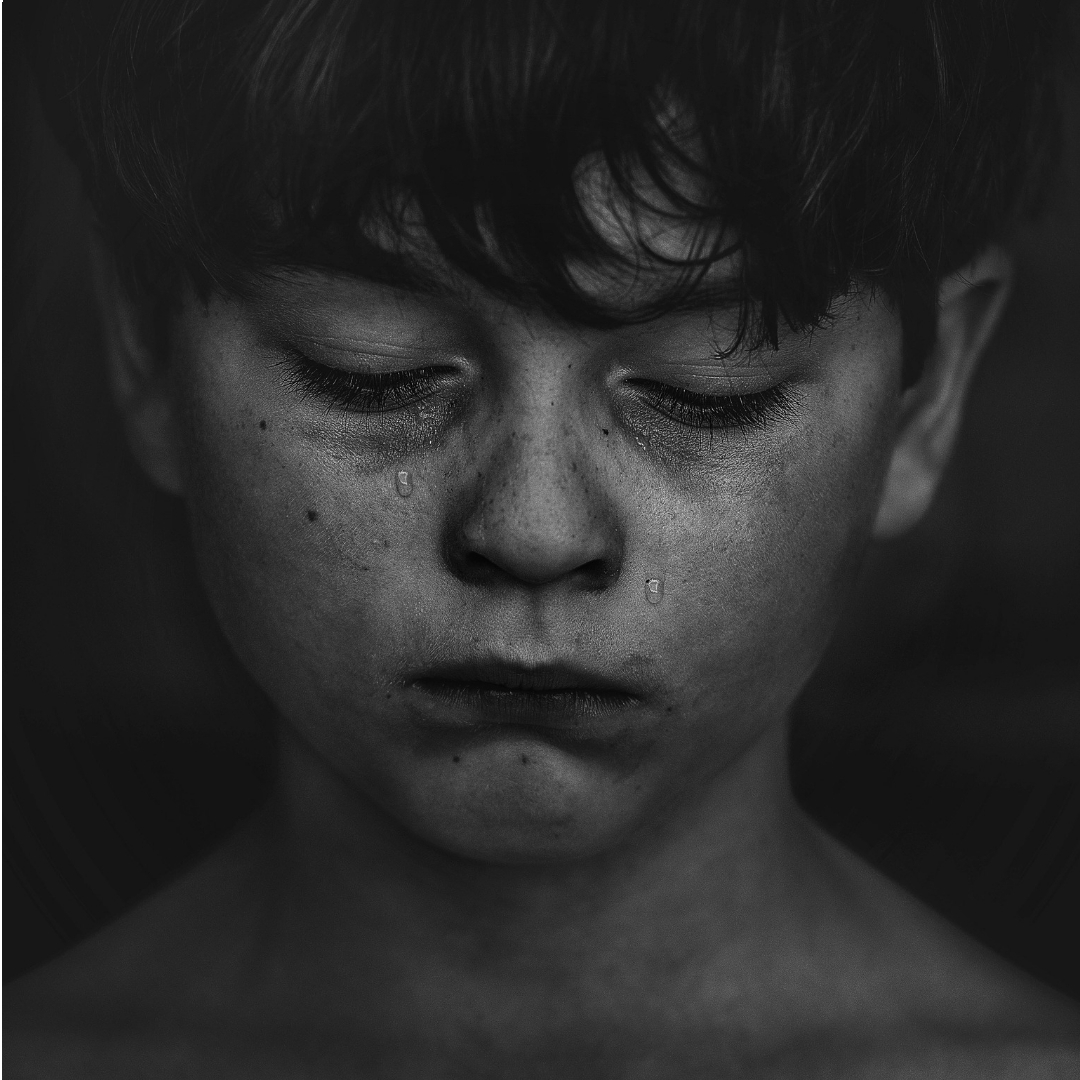Provided by Chiropractic Newsletter Discover Chiropractic published by ICPA Inc.
Most childhood illnesses are characterized by fever. It is widely known that fever activates the immune system in a natural way. It is less widely known that fever can strengthen the immune system, help prevent susceptibility to other illnesses in later life, and confer developmental benefits as well.
Pediatrician Uwe Stave reports: “Fever attacks can affect children in quite a positive way. Even though his physical strength is reduced, the child may disclose a wealth of new interests and skills. He may find new and advanced ways to communicate, think, and handle situations, or display a refinement of his motor skills. In short, after a fever, the child reveals a spurt of development and maturation.”
Dr. Stave explains this observation by referring to the effect of warmth on the physical organism: “Fever acts by shaking and loosening up the physical body. Activation by heat can help the Ego form and reshape the physical organization of the young child. In addition, the physiological and biochemical functions of organs and systems are assisted in the maturation process through febrile illness, and inner forces gain strength and become more differentiated. Although the pediatrician often shares parental concern that repeated feverous infections overstress the young child’s fragile organism, fever most often supports development and individualization, although it is sometimes a warning signal, indicating weakness in the child’s defense against his environment. As children grow older and learn how to control the will, gradually an “inner fire” replaces the “developmental fever” of a young child.
—Excerpted from You Are Your Child’s First Teacher by Rahima Baldwin.
Exposing kids to germs on purpose? Every classroom has hand sanitizer and bleach spray to keep kids from getting sick. Aren’t germs bad?
“Germs” is just a pejorative term for microbes. Consider: We have 3–4 pounds of microbes—bacteria, viruses, fungi, even parasites—in our digestive tracts, where they help us digest our food, regulate our immune systems, produce neurotransmitters, and make us smarter, more focused, and happier. A recent study showed that children exposed to bleach cleaners are actually 20 percent likelier to have infections like chronic coughs or the flu. Many hand sanitizers contain toxic triclosan, even though studies show that soap does just as good a job at cleaning hands. We actually need exposures to microbes. We think we are protecting children by sanitizing them, but in fact it is the opposite.
So infections can be good?
They can be. In most cases, it’s not the germ itself that’s the problem; it’s the health of the person who has the germ. Small infections are opportunities for the immune system to flex its muscles, but we act like they are unequivocally bad— we jump to medicate with Tylenol and ibuprofen or antibiotics right away.
How do you determine between a good illness and a bad one?
Fever is a temperature over 100.4 degrees and is actually the sign of a healthy immune system—it means the body’s natural defenses are working. Some chronically ill children don’t get fevers at all, which doesn’t reflect well on their immune systems. The most important thing is to look at the whole child. If a child is acting fairly normal, or even laying around feeling miserable or fussy, the fever isn’t necessarily the sign of anything serious. The American Academy of Pediatrics doesn’t necessarily recommend treating fevers under 100.4. Instead, let them rest, give them plenty to drink, including nourishing soups, and use cold compresses with a couple drops of peppermint essential oil to keep them comfortable. Cause for alarm would be a severely ill child who is very lethargic, or extremely irritable or inconsolable, or in pain. Sometimes parents have an intuition that something is really wrong. Those children should be evaluated by a doctor.
—Maya Shetreat-Klein, M.D.
https://s3.amazonaws.com/icpa-member-resources/Well-Being+Newsletters/Well-Being_Fever.pdf

